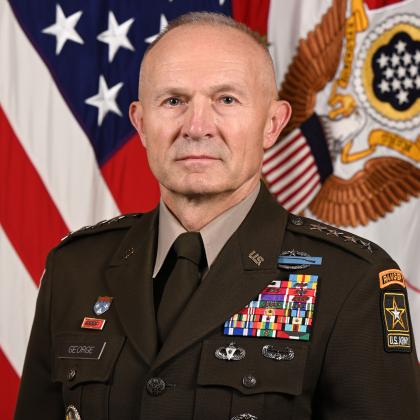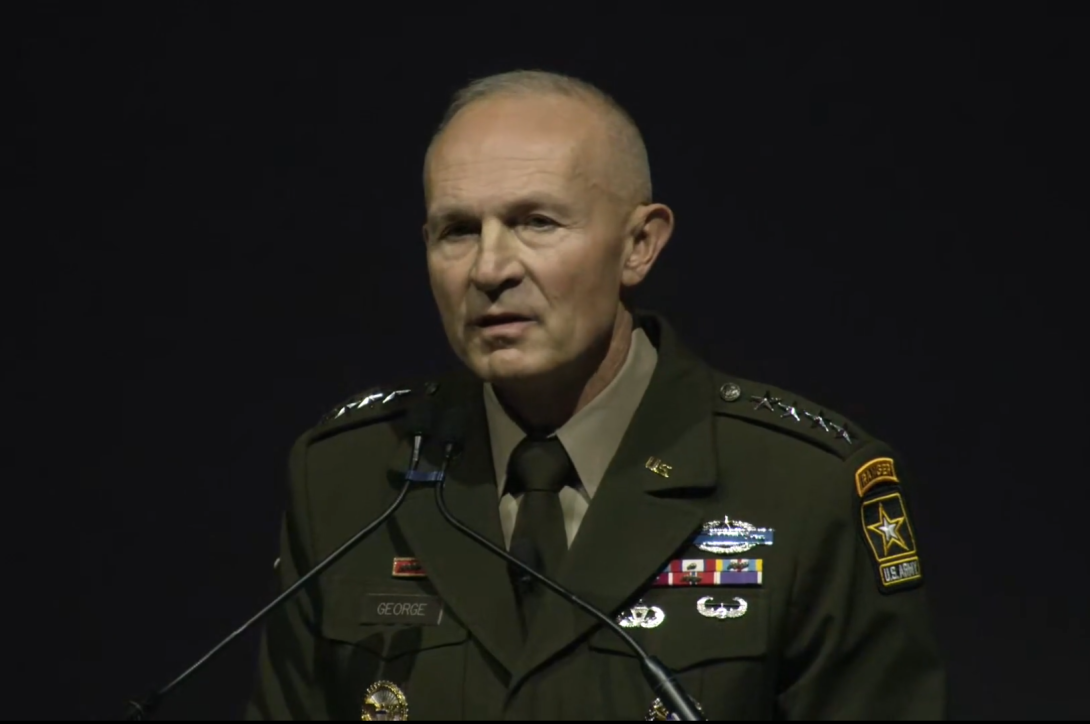Using Innovative Technology To Boost Production
With several conflicts occurring across the world today, leaders and innovators with the U.S. Army are working on optimizing the effectiveness of their soldiers. To accomplish this, the Army is applying new technology to its operations to aid in completing necessary but tedious and prolonged tasks.
The Army Materiel Command is spearheading this new way of thinking. With additional manufacturing resources and advanced production systems, soldiers within the construction realm will be able to build their projects quicker and with more ease. By using 3D printing, crews are now able to make 20 “backward parts” in fewer than 60 minutes at 16 cents each. This replaces the old strategy of waiting six months to a year for companies to construct, ship and deliver the part, costing the service $20 and months of time.
Gen. Randy George, chief of staff of the Army, announced this development Tuesday during the Dwight D. Eisenhower luncheon at the Association of the U.S. Army’s Annual Meeting & Exposition held in Washington, D.C.
Furthermore, officials with the Army’s acquisitions team are changing the way that soldiers transport and relocate. Crews are constructing gear and devices that are smaller and easier to move. George illustrated what that new process looks like and how it benefits Army operations.
“We live in a world where our adversaries can see everywhere, and where they can see, they can strike,” George said. “A year ago, brigades took hours to set up large command posts that use big satellites and other equipment that is easily targetable. Today, our three transformation and contact brigades have reduced their electromagnetic and physical signature by more than 85%. They can set up and disperse in under 15 minutes while maintaining connectivity. This is mission command in 2024.”
Additionally, Army officials successfully experimented with a new unmanned aircraft system radio communications system, which allows soldiers to move from place to place without adversaries knowing about it, according to George.
On the software side of things, the Army’s network is on its way to “total transformation,” according to George. He said the Army is producing “an intuitive software-based redundant command and control capability that our formation can depend on.”

Getting this right is the catalyst that underpins every aspect of our warfighting.
These technological and strategic advantages are all components of the four areas that George said Army leaders are focused on: warfighting, continuous transformation, delivering ready-combat formations and strengthening the profession.
During the luncheon, George also announced four areas that Army personnel will be looking to advance in fiscal year 2025. They will work on improving their ability to defend against uncrewed enemy systems; they will scale transformation and contact; they will remain confident in operational transformation; and they will continue to modernize and strengthen their ability to produce the equipment they need.
“We can only accomplish all of this by maintaining standards and discipline, living our Army values and fostering a warrior ethos within our formations,” George said. “Getting this right is the catalyst that underpins every aspect of our warfighting, our combat readiness and our transformation. Harnessing our human capital, cultivating a professional ethic and helping our soldiers and their families feel proud of the Army they are a part of will accelerate the process and cultural change we need to achieve in order to succeed on today’s battlefield.”





Comments